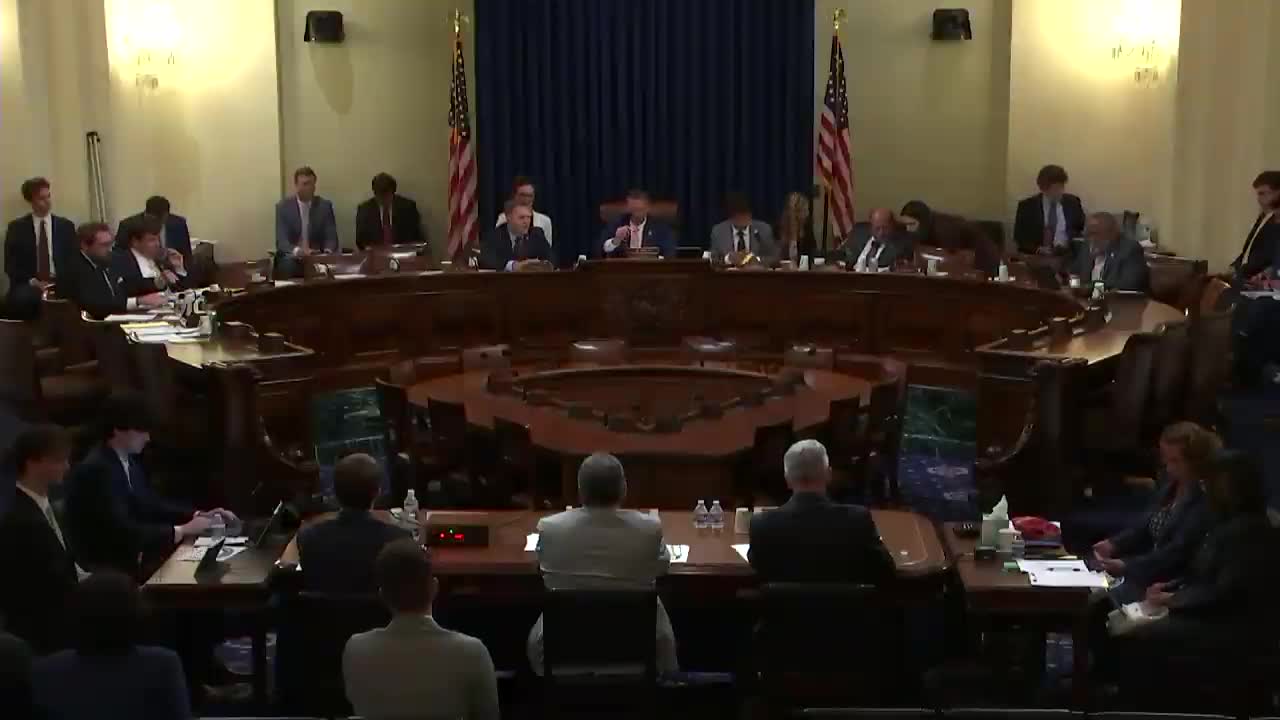
This article was created by AI using a video recording of the meeting. It summarizes the key points discussed, but for full details and context, please refer to the video of the full meeting. Link to Full Meeting
Cuccinelli clarified that the law does not permit mass parole decisions, stating unequivocally that the DHS Secretary cannot bypass the individual assessment process by categorizing groups for automatic parole. He noted that the statute clearly outlines that parole must be granted based on "urgent humanitarian reasons or significant public benefit," with no additional standards available for the Secretary to apply.
Historically, Cuccinelli pointed out that the number of individuals granted parole annually has been in the low thousands, a stark contrast to recent practices under the current administration. This shift in parole application has raised concerns about the potential misuse of the system, which Cuccinelli described as an "abuse" of the established laws.
The committee's discussions reflect a growing urgency to ensure that parole is utilized correctly and effectively, adhering to the legal framework intended to govern such decisions. As lawmakers continue to scrutinize the application of these laws, the implications for immigration policy and enforcement remain significant, with a focus on restoring integrity to the parole process.
Converted from Case-by-Case: Returning Parole to its Proper Purpose meeting on July 16, 2025
Link to Full Meeting
Comments
View full meeting
This article is based on a recent meeting—watch the full video and explore the complete transcript for deeper insights into the discussion.
View full meeting